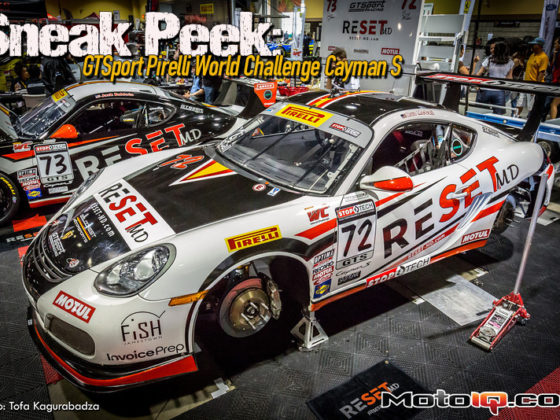,
Securing a Ride
Even if you’re not a journalist-type, finding a car to co-drive isn’t hard. Getting a ride at an autocross can be as easy as talking to a friend or it can be as complicated as a written contract and rental agreement. While we won’t go into the legal and financial end of things, we will say that you must make sure everything is clear with the car owner before you get behind the steering wheel.
 Matthew Braun is an expert autocrosser and arrive-and-drive hotshoe. Photo courtesy of Shelly Monfort
Matthew Braun is an expert autocrosser and arrive-and-drive hotshoe. Photo courtesy of Shelly MonfortThe Basics
Before you go out on to the course or track, you should have an undistracted conversation with the car owner. Ask them how they drive, what they consider the car’s weaknesses and how the launch the car and how the gearing is. Some cars will need to be shifted to third, while others can carry second through a majority of courses. Driver aids, like ABS brakes and traction control are other good points of discussion—as well as how and when to turn traction control off, if possible. If your co-driver is using data acquisition or video, ask how it works and what you need to do to help. It’s an awesome benefit to see how your runs compare on screen after all the runs are done.
After you pick their brain, pick up some tools and start helping with vehicle prep. Depending on their comfort level, changing tires can be great way to repay the chance to play with someone’s precious toy. Buying them lunch also helps. Do what you need to do to keep the car owner happy—maybe they’ll invite you back for another shot.
 Changing tires on your co-driver's car is one way to help repay the favor. Make sure you ask before picking up a wrench—it's their car and they can be picky if they want to be. Photo courtesy of John Rogers
Changing tires on your co-driver's car is one way to help repay the favor. Make sure you ask before picking up a wrench—it's their car and they can be picky if they want to be. Photo courtesy of John RogersCourse Walk
Walk the course with the owner so you can see how they are expecting the car to handle. If they point out braking zones or turn-in points that seem odd to you, based upon your experience, ask their thoughts on the subject. They could give you some insight on shortcomings the car may have—like brakes that are easily locked up or sluggish turn-in response.
Practice?
At larger events, there are practice starts or “Test and Tune” courses, which are abbreviated versions of typical autocross courses. Matthew is a strong proponent of taking advantages of these if you can, “One of the first things I would suggest is if it is a National Tour event, if possible, take runs on the Friday T&T course. Even for a ProSolo, practice starts can help get you comfortable in the car and at least feel what it is like to launch, turn-in and brake at the end of the 200-foot straight. Just a little familiarity with the car goes a long way.”
 ProSolos offer practice starts, which can help give you a feel for an unfamiliar car. Photo courtesy of Shelly Monfort.
ProSolos offer practice starts, which can help give you a feel for an unfamiliar car. Photo courtesy of Shelly Monfort. Unfortunately for us, there was no chance for a real practice run at this event—and we are not fans of “practicing” in uncontrolled areas or on the street—so we just hopped in and drove the car from our paddock spot to the grid area. We felt for the clutch take up and basic pedal positioning (it’s a Miata, so good is an understatement) and noticed the steering was a little heavier than other MX-5s, but no big deal.
Braun has encountered this a lot, “Many times, my first experience behind the wheel in a car is when I drive it from grid to the starting line for the first run of the event. So then you need to count on experience from other similar cars you may have driven in the past on what to generally expect.” Sometimes cars that should feel identical have their own, unique personalities.



